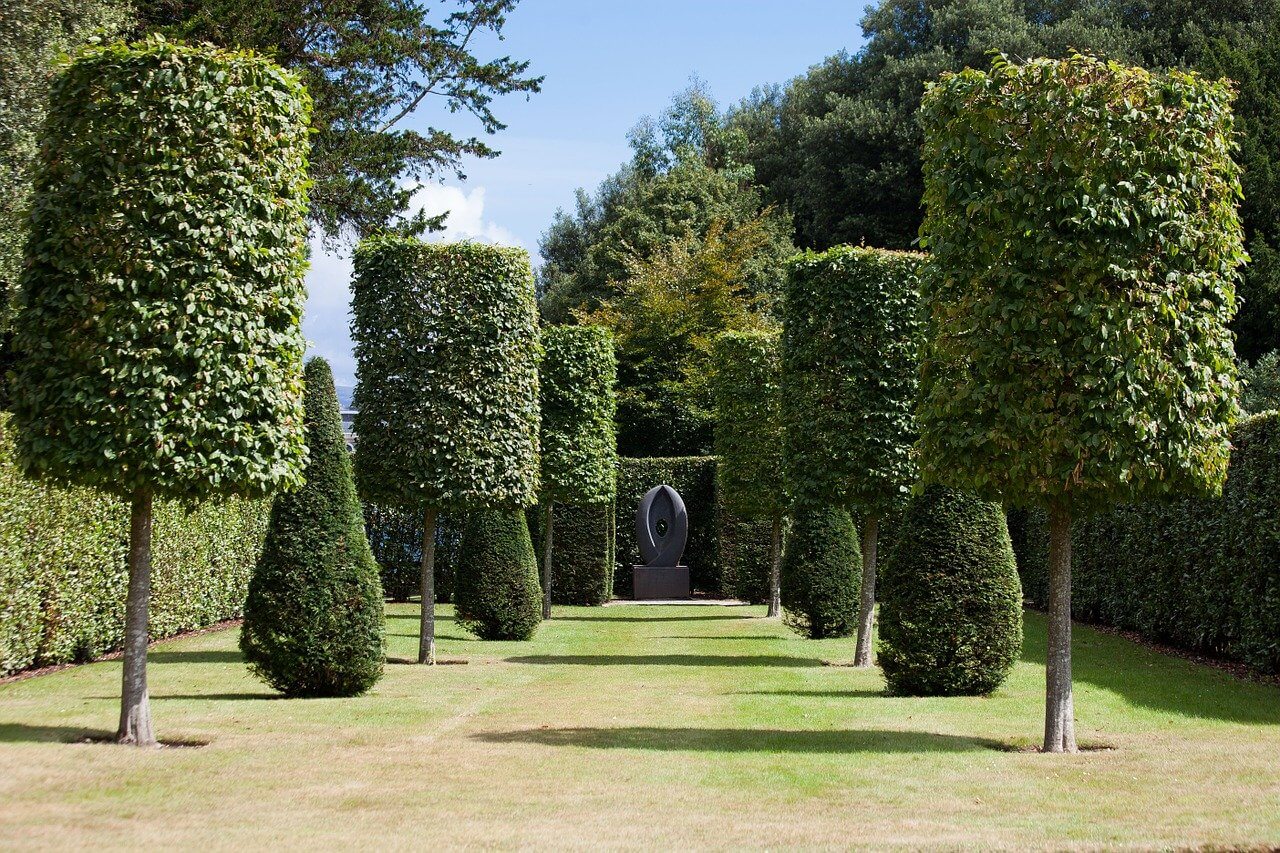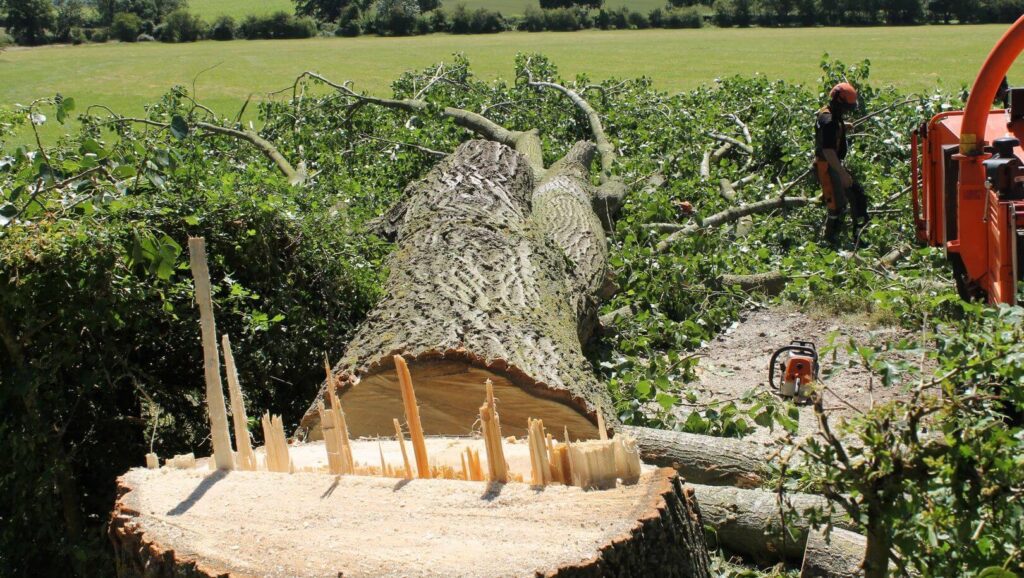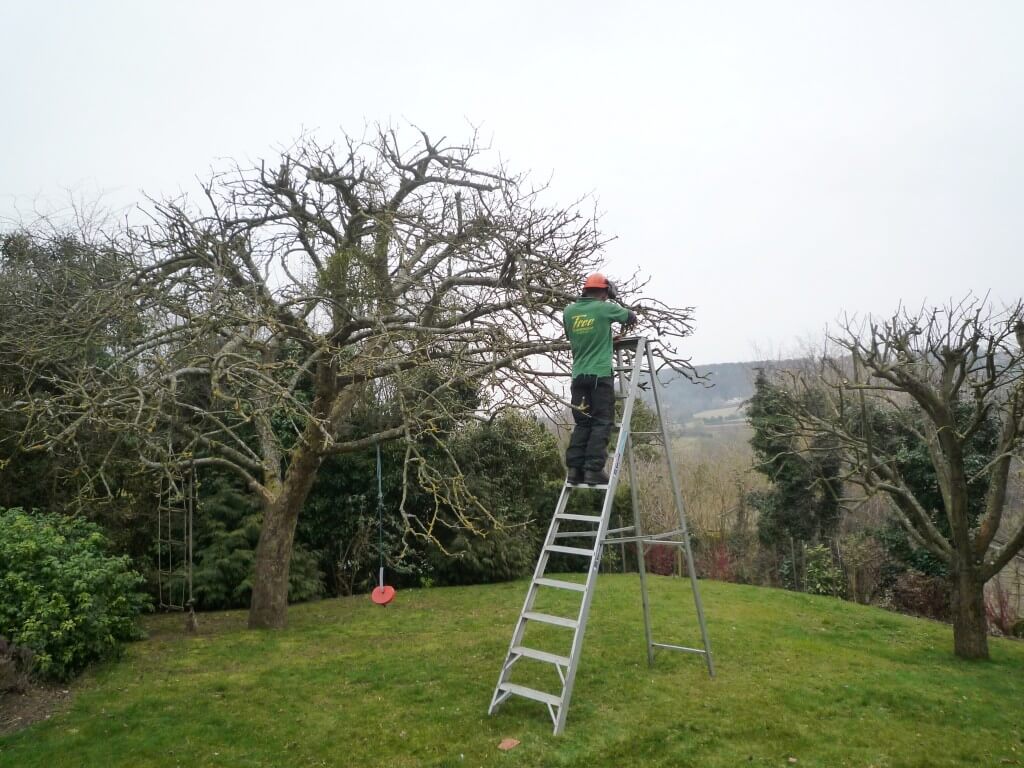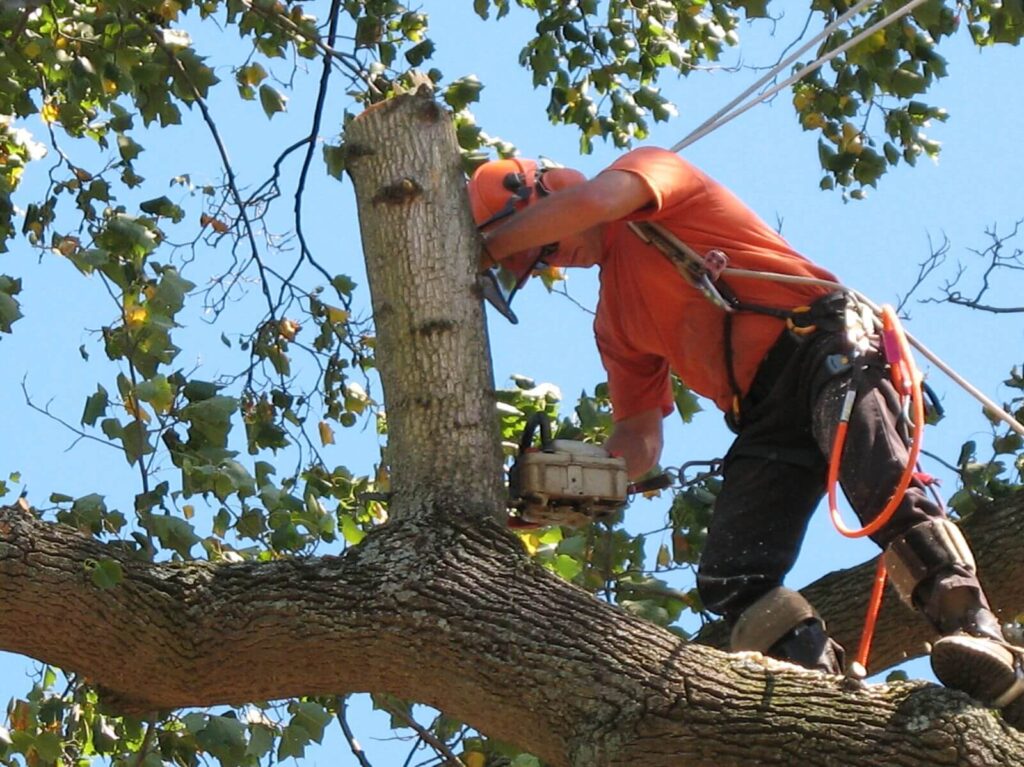The Art of Tree Lopping: Tips for Maintaining Tree Health

Tree lopping is a crucial aspect of tree care and maintenance. It involves the careful removal of certain branches or parts of a tree to ensure its overall health and safety. By understanding the definition and purpose of tree lopping, as well as the essential tools and techniques involved, individuals can effectively maintain the health and well-being of their trees.
Understanding Tree Lopping
Tree lopping, also known as tree trimming or tree cutting, is the process of selectively removing branches or parts of a tree. It is done to improve the tree’s structure, appearance, and overall health. Tree lopping can also be necessary to remove dead or damaged branches, reduce the risk of falling limbs, and encourage new growth.
When it comes to tree lopping, it is important to understand the definition and purpose of this practice. Tree lopping is the skilled practice of selectively removing certain branches to enhance the tree’s health, structure, and appearance. However, it is crucial to note that tree lopping should only be done by trained arborists or professionals who have the knowledge and expertise to perform the task safely and effectively. Click here to understanding the key differences between tree lopping and tree removal.
Definition and Purpose of Tree Lopping
The purpose of tree lopping goes beyond just improving the tree’s appearance. It is a vital practice that helps maintain and promote the well-being of the tree. By removing diseased, damaged, or weak branches, the tree’s overall health can be improved. This selective pruning allows the tree to allocate its resources more efficiently, focusing on healthy branches and encouraging new growth.
Additionally, tree lopping can help reduce the risk of falling limbs, which can pose a danger to people or property. By removing branches that are at risk of falling, the safety of the surrounding area is enhanced. This is especially important in urban environments where trees are in close proximity to buildings, roads, and pedestrians.

The Importance of Tree Lopping in Arboriculture
In the field of arboriculture, tree lopping plays a significant role in maintaining tree health and safety. Arborists are trained professionals who understand the intricate needs of trees and the importance of proper tree care practices.
By removing problematic branches or parts of a tree, arborists can prevent the spread of diseases and pests. Diseased or infested branches can quickly spread the problem to the rest of the tree if not addressed promptly. Tree lopping allows arborists to isolate and remove these affected areas, protecting the overall health of the tree.
Another benefit of tree lopping is the improvement of sunlight penetration to the tree’s canopy. By selectively removing branches, arborists can create openings that allow more sunlight to reach the lower parts of the tree. This is particularly important for trees that are growing in shaded areas, as increased sunlight exposure can stimulate growth and overall vitality.
Furthermore, proper tree lopping techniques can help shape the tree, ensuring that it grows in the desired direction and maintains an aesthetically pleasing appearance. Arborists can carefully prune branches to create a balanced and visually appealing tree structure. This is especially important for trees in urban landscapes, where their appearance contributes to the overall aesthetic value of the area.
In conclusion, tree lopping is an essential part of arboriculture and contributes to the proper care and maintenance of trees. It is a skilled practice that requires the expertise of trained professionals to ensure the safety and well-being of the tree. By selectively removing branches, tree lopping improves the tree’s health, reduces the risk of falling limbs, and promotes proper growth and development.
Essential Tools for Tree Lopping
When it comes to tree lopping, having the right tools is crucial. These tools enable arborists and individuals to perform the task safely and effectively.
Tree lopping is a specialized skill that requires proper training and knowledge. It involves the careful removal of branches or limbs from a tree to improve its health, appearance, or safety. Whether you are a professional arborist or a homeowner looking to maintain your trees, having the right tools is essential to ensure the job is done correctly.
Safety Equipment for Tree Lopping
Prior to engaging in any tree lopping activities, it is essential to wear appropriate safety gear. This may include but is not limited to a hard hat, safety glasses, gloves, and sturdy footwear. Safety should always be a top priority when undertaking tree lopping tasks.
Wearing a hard hat protects your head from falling branches or debris, reducing the risk of head injuries. Safety glasses shield your eyes from flying wood chips or dust, preventing eye injuries. Gloves provide a better grip on tools and protect your hands from cuts or blisters. Sturdy footwear with non-slip soles ensures stability and reduces the risk of slips or falls.
Additionally, it is important to have a first aid kit on hand in case of any accidents or injuries that may occur during tree lopping. Being prepared for emergencies is crucial to ensure prompt and effective treatment.

Cutting Tools for Effective Lopping
There are various cutting tools specifically designed for tree lopping. These tools include pruning shears, loppers, pruning saws, and chainsaws. Each tool serves a specific purpose, and it is important to select the appropriate cutting tool based on the size and type of branches to be lopped.
Pruning shears, also known as hand pruners or secateurs, are ideal for cutting small branches or twigs. They are lightweight, easy to handle, and provide precise cuts. Loppers, on the other hand, are designed for cutting larger branches with a diameter of up to 2 inches. They have long handles that provide leverage, making it easier to cut through thicker branches.
For even larger branches, pruning saws are the tool of choice. These saws have a curved blade with sharp teeth that can cut through branches up to 5 inches in diameter. They are available in different sizes and styles, including folding saws for easy storage and transport.
When it comes to removing larger limbs or even entire trees, chainsaws are the most powerful and efficient tool. Chainsaws come in different sizes and power options, allowing you to choose the right one for your specific needs. It is important to have proper training and experience in using a chainsaw to ensure safety and prevent accidents.
Proper maintenance and sharpening of these cutting tools are essential to ensure clean and precise cuts, which promote the tree’s healing process and minimize the risk of infection or decay. Dull blades can cause unnecessary damage to the tree and make the cutting process more difficult and time-consuming.
In conclusion, tree lopping requires the use of specific tools to ensure safety and effectiveness. Wearing appropriate safety gear and selecting the right cutting tools are crucial for a successful tree lopping operation. By investing in quality tools and maintaining them properly, you can ensure the health and beauty of your trees for years to come.
Techniques for Proper Tree Lopping
While having the right tools is crucial, understanding and employing proper tree lopping techniques is equally important. These techniques help ensure the tree’s health, minimize damage, and promote new growth.
Timing and Frequency of Lopping
The timing and frequency of tree lopping can greatly impact the tree’s health. It is generally recommended to lop trees during their dormancy period, which is typically in late winter or early spring. During this time, the tree is less vulnerable to diseases and pests, and its natural healing process is more efficient.
However, not all trees have the same dormancy patterns, so it is important to research the specific tree species before scheduling a lopping session. Additionally, excessive or unnecessary lopping should be avoided as it can weaken the tree and inhibit its growth.
Selecting the Right Branches for Lopping
When selecting branches for lopping, it is essential to focus on those that pose a risk to the tree’s health or safety. This may include dead, diseased, damaged, or weak branches. By removing these branches, the tree’s overall structure and strength can be improved, reducing the likelihood of falling limbs or further deterioration.
It is important to consult with a professional arborist to accurately identify branches that require lopping. Their expertise and knowledge will ensure that the tree is properly cared for and that unnecessary damage is avoided.
The Impact of Tree Lopping on Tree Health
Regular tree lopping can have significant benefits for the health and well-being of trees. However, it is crucial to understand the potential risks and take appropriate precautions.
Benefits of Regular Tree Lopping
Regular tree lopping promotes tree health in various ways. It allows for the removal of diseased or dying branches, which can prevent the spread of diseases to other parts of the tree. Lopping also helps improve the tree’s overall structure, allowing sunlight and airflow to reach the inner branches and foliage.
Furthermore, by removing excess weight from certain branches, tree lopping reduces the risk of limb breakage, which can cause significant damage or injury. Overall, regular tree lopping contributes to the tree’s long-term health and enhances its aesthetic appeal.
Potential Risks and How to Avoid Them
While tree lopping has numerous benefits, it also carries potential risks if not done correctly. Improper lopping can lead to excessive damage, decay, disease, or even death of the tree.
To avoid these risks, it is crucial to hire trained professionals for tree lopping. Arborists have the knowledge and expertise to assess the tree’s condition, properly select branches for lopping, and employ appropriate techniques. Additionally, they have the necessary tools and safety equipment to ensure a safe and effective lopping process.

Hiring Professionals for Tree Lopping
Knowing when to enlist the expertise of professional tree loppers is important for the well-being of both the tree and the individual undertaking the task.
When to Consider Professional Tree Loppers
If the tree to be lopped is large, tall, or located near structures or powerlines, it is highly recommended to seek professional assistance. Tree lopping in such situations can be complex and dangerous, requiring specialized skills and equipment.
Additionally, if you lack the necessary knowledge, experience, or physical capabilities for tree lopping, it is best to delegate the task to professionals. Their expertise ensures that the tree is properly lopped without compromising its health or causing damage to surrounding areas.
Choosing the Right Tree Lopping Service
When selecting a tree lopping service, it is important to consider several factors. Firstly, ensure that the service has the necessary certifications and insurance to guarantee their professionalism and expertise.
Additionally, ask for references or reviews from previous clients to gauge the quality of their work. Lastly, obtain multiple quotes and compare services and prices before making a final decision. By taking these steps, individuals can hire a reputable and reliable tree lopping service that will effectively maintain the health and appearance of their trees.
In conclusion, the art of tree lopping involves understanding the purpose and techniques involved in safely and effectively removing certain branches from a tree. By utilizing the proper tools and techniques, individuals can maintain the health and safety of their trees while promoting new growth and enhancing the overall appearance. Whether performing tree lopping oneself or hiring professionals, the importance of tree lopping in arboriculture cannot be overstated. So, next time you find yourself needing to prune your trees, remember the art of tree lopping and the impact it can have on maintaining tree health.

Leave a Reply